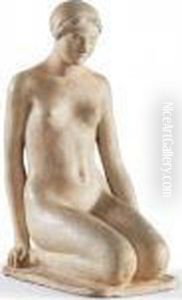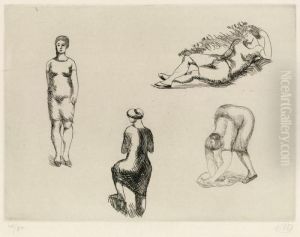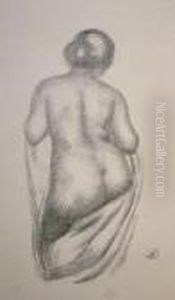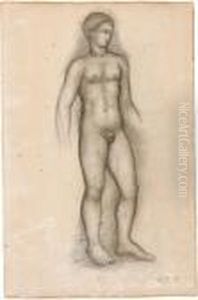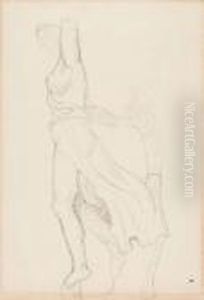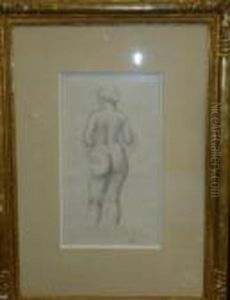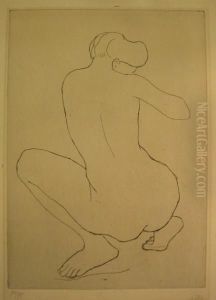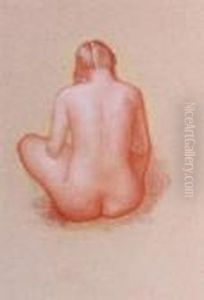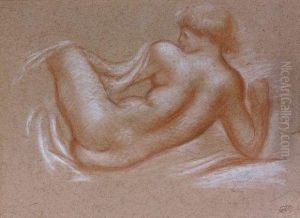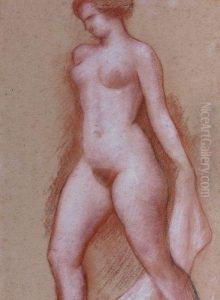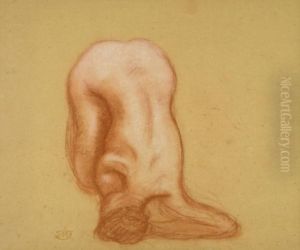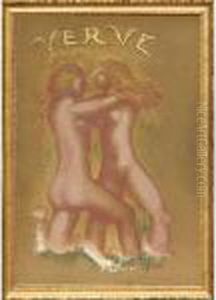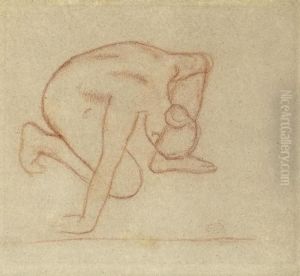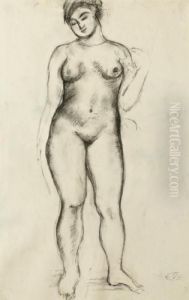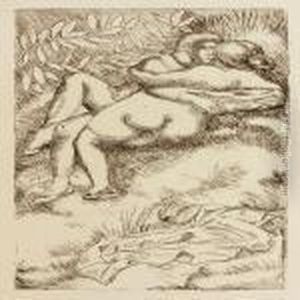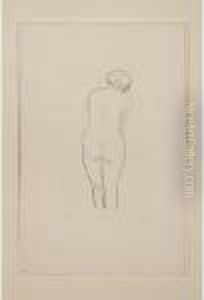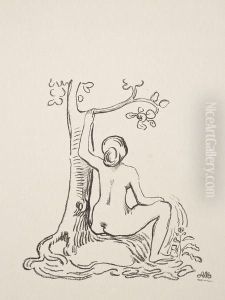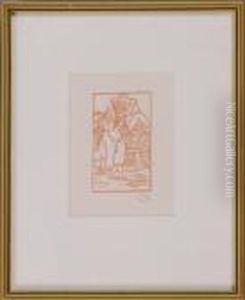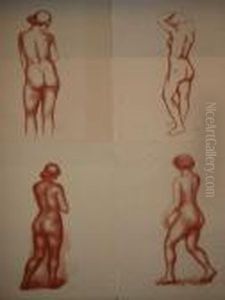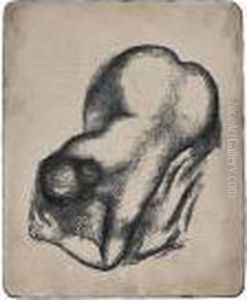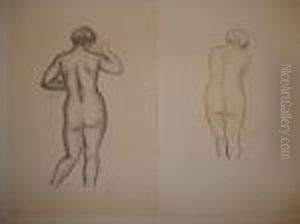Aristide Maillol Paintings
Aristide Maillol was a French sculptor, painter, and printmaker, born on December 8, 1861, in Banyuls-sur-Mer, France. He began his artistic career studying painting at the École des Beaux-Arts in Paris, but he eventually turned his focus to sculpture. Early in his career, Maillol was influenced by his contemporary and friend, Paul Gauguin, and was initially associated with the Nabis, a group of post-impressionist avant-garde artists.
Maillol's early works were characterized by a strong emphasis on color and a tendency towards exoticism, which was typical of the Nabis. However, his style evolved as he began to concentrate on sculpture from the turn of the 20th century. Maillol's sculptures are renowned for their classic simplicity and Mediterranean sensibility, often depicting the female form with serene and static poses, harmonious proportions, and a sense of timeless beauty. He sought to express the essence of form and was less concerned with dramatic expression than with poise and balance.
One of Maillol's most famous works is the 'Mediterranean' (also known as 'Thought'), which he began in 1900 and completed in 1905. This piece is considered a turning point in his career and a masterpiece of modern sculpture. His other significant works include 'The River', 'The Air', 'The Mountain', and various monumental public commissions. Maillol's work had a considerable influence on subsequent generations of sculptors, including Henry Moore and Alberto Giacometti.
Throughout his life, Maillol also produced woodcut prints, tapestries, and other decorative artworks. Despite the outbreak of both World Wars, he continued to work and exhibit internationally. Aristide Maillol died on September 27, 1944, in a car accident near his home in Banyuls-sur-Mer. Today, his works are held in numerous museum collections worldwide, and his legacy as a master of modern sculpture endures.


